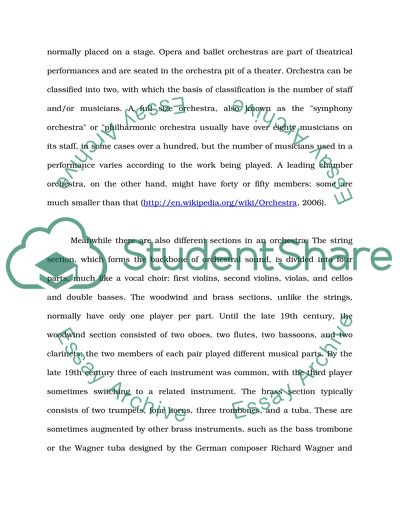Cite this document
(“A history of the orchestra and the development of the symphony Essay”, n.d.)
Retrieved from https://studentshare.org/music/1500956-a-history-of-the-orchestra-and-the-development-of-the-symphony
Retrieved from https://studentshare.org/music/1500956-a-history-of-the-orchestra-and-the-development-of-the-symphony
(A History of the Orchestra and the Development of the Symphony Essay)
https://studentshare.org/music/1500956-a-history-of-the-orchestra-and-the-development-of-the-symphony.
https://studentshare.org/music/1500956-a-history-of-the-orchestra-and-the-development-of-the-symphony.
“A History of the Orchestra and the Development of the Symphony Essay”, n.d. https://studentshare.org/music/1500956-a-history-of-the-orchestra-and-the-development-of-the-symphony.


